For clinical researchers, drug development in a long and arduous process. Though thousands of compounds may be screened to determine their therapeutic potential, only a handful of prospective candidates will emerge. Pharmaceutical developers are under constant pressure to ensure that they’re only investing in preclinical research, and eventually clinical trials, for the most promising drugs.
Along with its broad applications across multiple areas, from basic biology to gene therapy, CRISPR/Cas9 could help streamline the drug development process. Building upon a foundation of our understanding of disease development and progression, the genome editing technology could be applied to early- and late-stage drug discovery and development.
In speaking with Dr. Anne-Marie Zuurmond, Associate Director of Genome Engineering, Discovery, Charles River Laboratories, I gained a better understanding of how the CRISPR/Cas9 genome editing tool works, and how it could streamline drug discovery.
CRISPR/Cas9 System
“The CRISPR/Cas9 system consists of two components: a Cas9 protein with endonuclease activity, and a guide RNA (gRNA) that confers specificity to the system by sequence-dependent recognition,” explains Zuurmond. “After binding of the gRNA to the targeted DNA, the endonuclease activity of Cas9 generates a double-stranded break at the targeted genomic DNA site.”
At this point, researchers can take advantage of the cell’s DNA repair mechanisms to fix the double-stranded break. If the objective is to simply knock-out expression of the target gene, the cell’s non-homologous end joining (NHEJ) pathway can be exploited.
This DNA repair pathway is error-prone by nature, as it often includes or deletes nucleotides at the site of the break during the end-joining process. The loss of nucleotides invariably interrupts the open reading frame – often resulting in the generation of a premature stop codon – which prevents the protein from being produced.
If a more precise edit of the gene is necessary, the homology-driven repair pathway (HDR) can be employed. By designing a repair template containing the desired sequence change, researchers can use homologous recombination to introduce any alteration into the genomic DNA.
Stages of Drug Discovery and Development
Before potential drugs can be investigated, a pre-discovery phase must be completed. All of the basic research performed both by the pharmaceutical company and its contractors, along with that performed at research institutions and universities is compiled.
Past setbacks in drug development for a given disease – including drug targets that proved to be ineffective, and drug candidates that couldn’t beat the placebo – serve to inform current research. While not all negative results are published, any information that is available can help researchers steer away from repeating other’s failures.
In the target discovery phase, researchers use their understanding of the molecular mechanisms behind a disease to identify potential drug targets. For example, some experimental drugs designed to treat Alzheimer’s disease have focused on targeting beta-amyloid production, a protein which accumulates in patient’s brains.
Target validation is an important step to confirm that an identified target can indeed be influenced by a pharmaceutical. This stage may be done in cell culture systems, tissues or animal models, or a combination of the three. In the example of beta-amyloid, drugs designed to reduce the accumulation and aggregation of the protein have been successfully developed, however the action of these agents has not translated to an improvement in cognitive symptoms.
How CRISPR/Cas9 Can Be Used At Each Stage
While still in the developmental stage, CRISPR gRNA libraries show great promise for drug discovery.
“In target discovery, CRISPR gRNA libraries can be used in high-throughput screening,” said Zuurmond. “To validate targets, the CRISPR/Cas9 technology is of value, as it can quickly generate target knock-outs in the cell line of interest. It can be used as a tool to get an indication of what the effect would be of a pharmacological intervention aimed at this specific target.”
According to Zuurmond, the technique is particularly helpful in generating isogenic cell lines for in vitro target discovery and validation. Compared to other genetic engineering approaches, the CRISPR/Cas9 system is both accurate and rapid.
This approach is also applicable to in vivo drug development as it has the potential to help generate new animal models for disease. For example, xenograft models in which human tumor tissue is transplanted into an immunosuppressed mouse are often used to study new drugs for cancer treatment.
However, this approach has one major flaw: the animal model’s response to a drug is being measured in the absence of a functional immune system. In contrast, CRISPR/Cas9 can be used to create syngeneic mouse models in which cancer immunotherapies can be assessed in the context of a fully-functional immune system.
Comparison to Other Drug Discovery Tools
“RNA interference screening using siRNA libraries is a mature technology and has proven its value in target discovery, while CRISPR gRNA libraries are still in a developmental stage but with great promise to the future,” said Zuurmond. “Both platforms have their advantages and disadvantages. While the CRISPR/Cas9 system conveys permanent effect on the gene expression by targeting the genome, RNA interference only gives temporarily silencing at the mRNA level.”
Zuurmond points out that the number of copies of a given gene present in a cell could be problematic for CRISPR/Cas9. She advocates for the use of genome engineering as a complimentary tool in target discovery, to be used alongside more established tools such as siRNA libraries.
Future Directions
As researchers find new ways to refine the CRISPR/Cas9 genome engineering tool, it’s likely that it will see increased use in drug discovery and development. In particular, the risk of off-target effects in which the CRISPR/Cas9 tool edits other points in the genome aside from the desired loci must be addressed.
To learn more about how CRISPR/Cas9 tool can be applied to the challenges of drug discovery, register for Charles River Laboratories’ webinar. In this presentation, Dr. Anne-Marie Zuurmond will explore a number of case studies, including the use of CRISPR/Cas9 to introduce a knock-out of the BRCA-1 gene in mice to mimic human BRCA-1 associated breast and ovarian cancers.
How do you think CRISPR/Cas9 can be applied to the drug development pipeline? Share your thoughts in the comments section below!

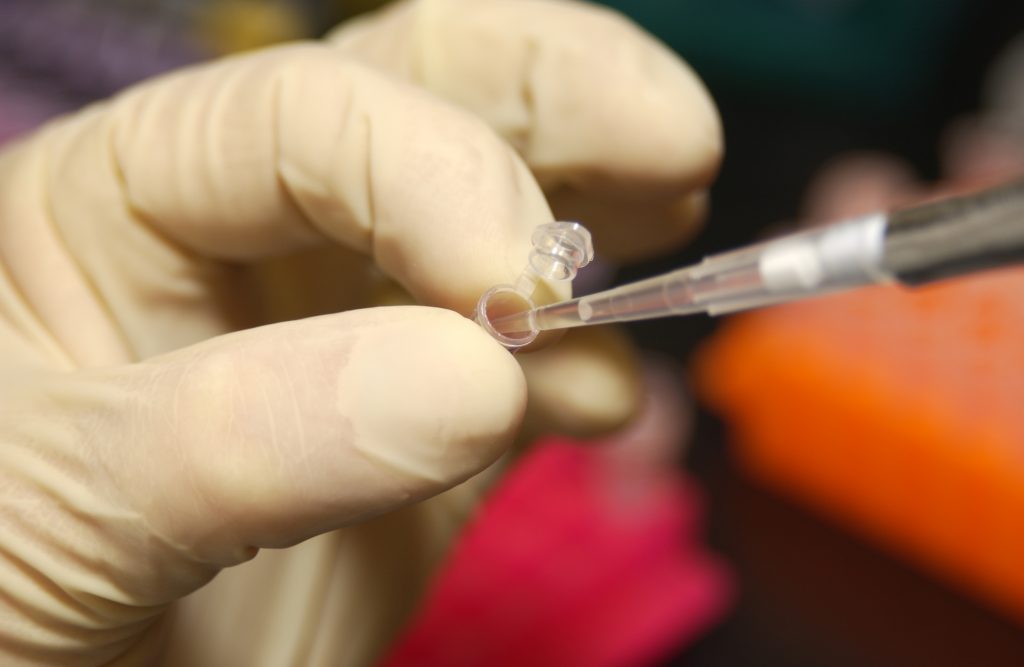

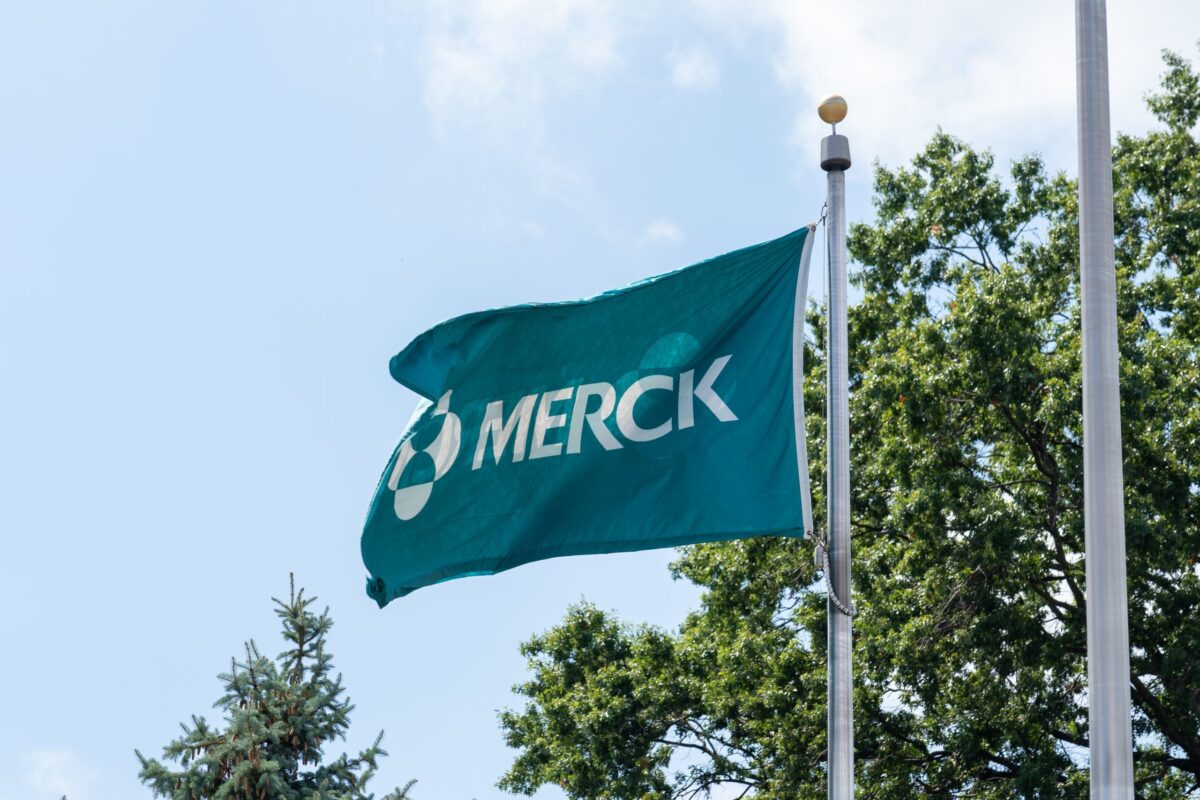
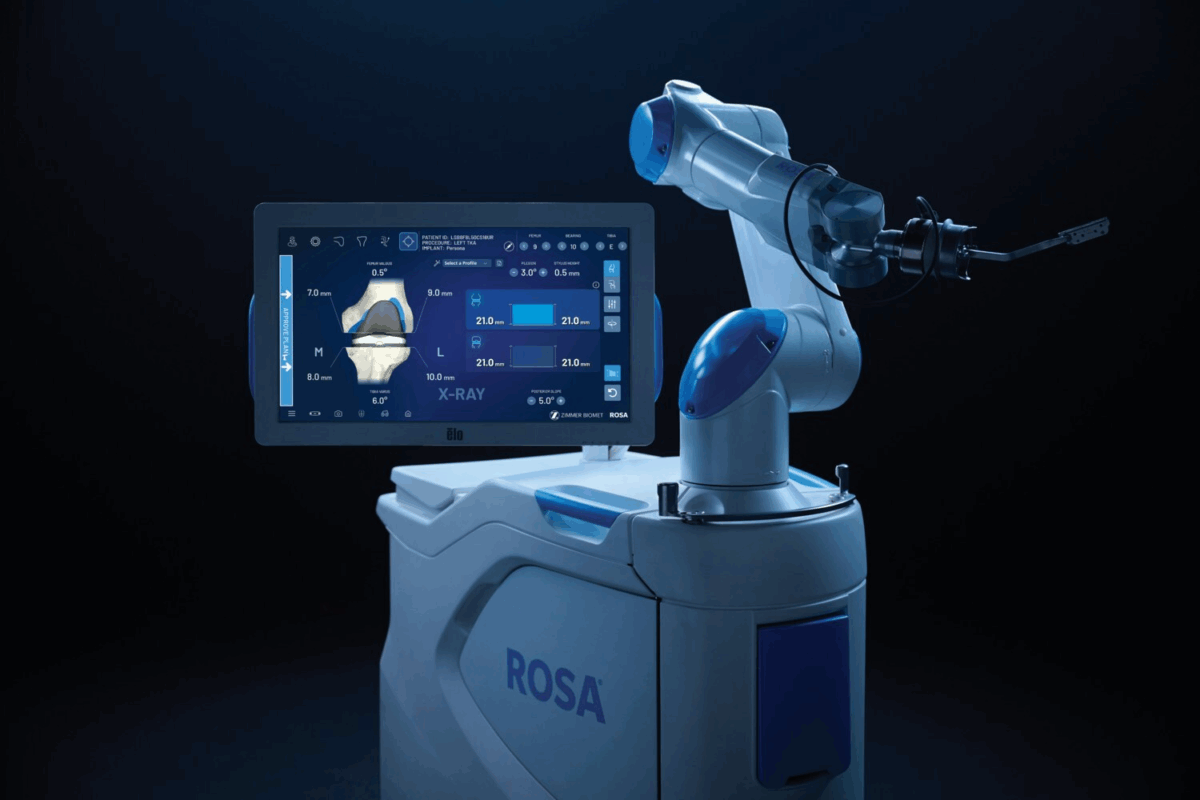
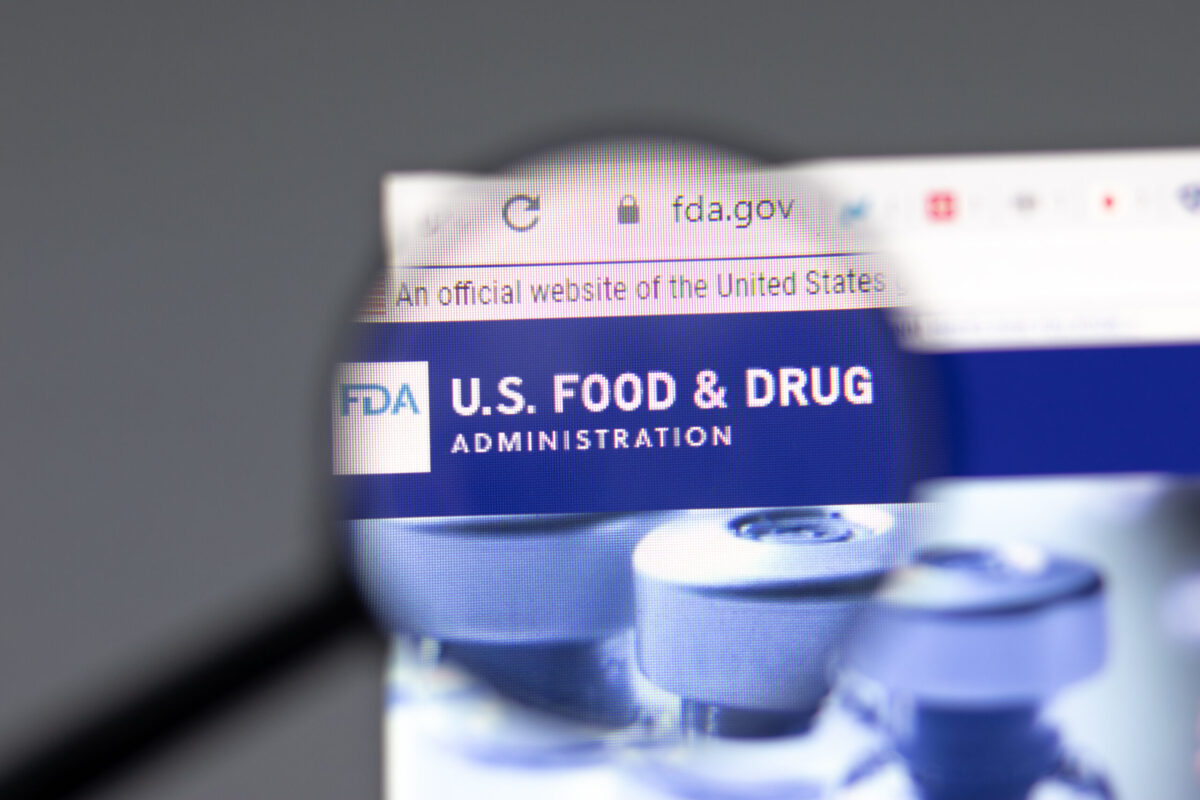
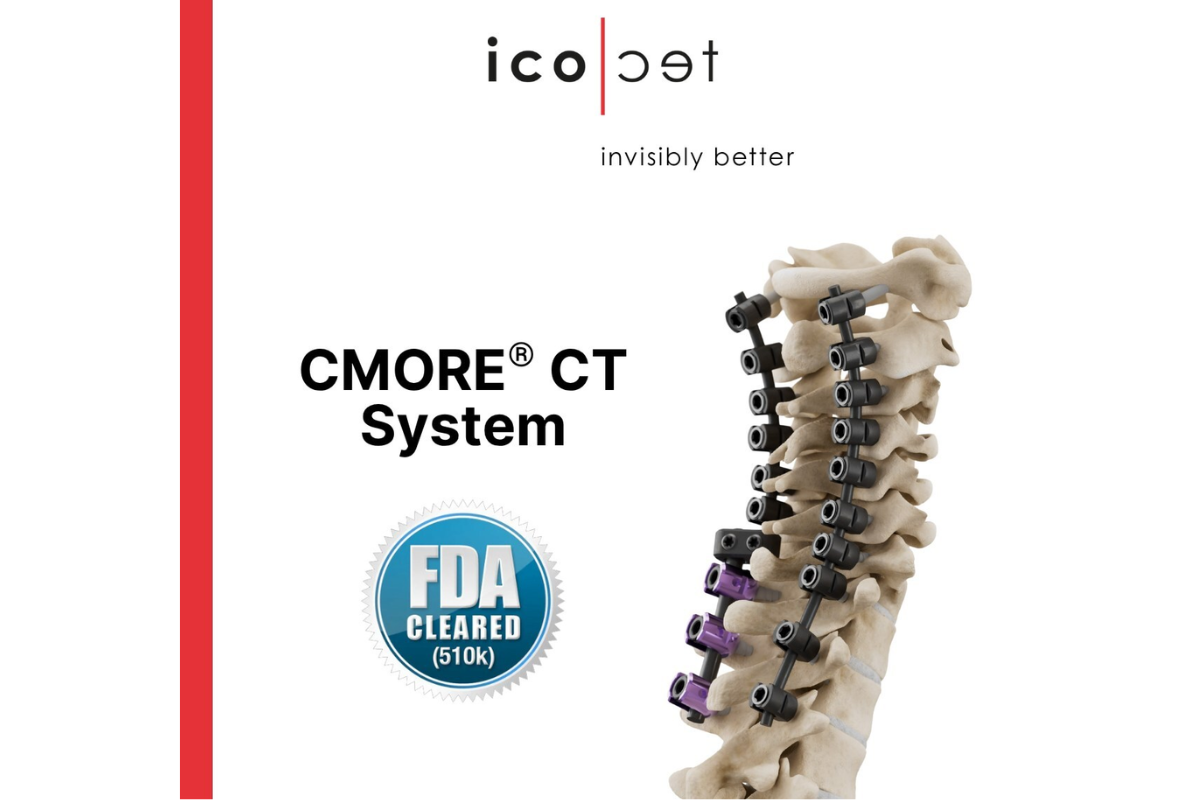





Join or login to leave a comment
JOIN LOGIN